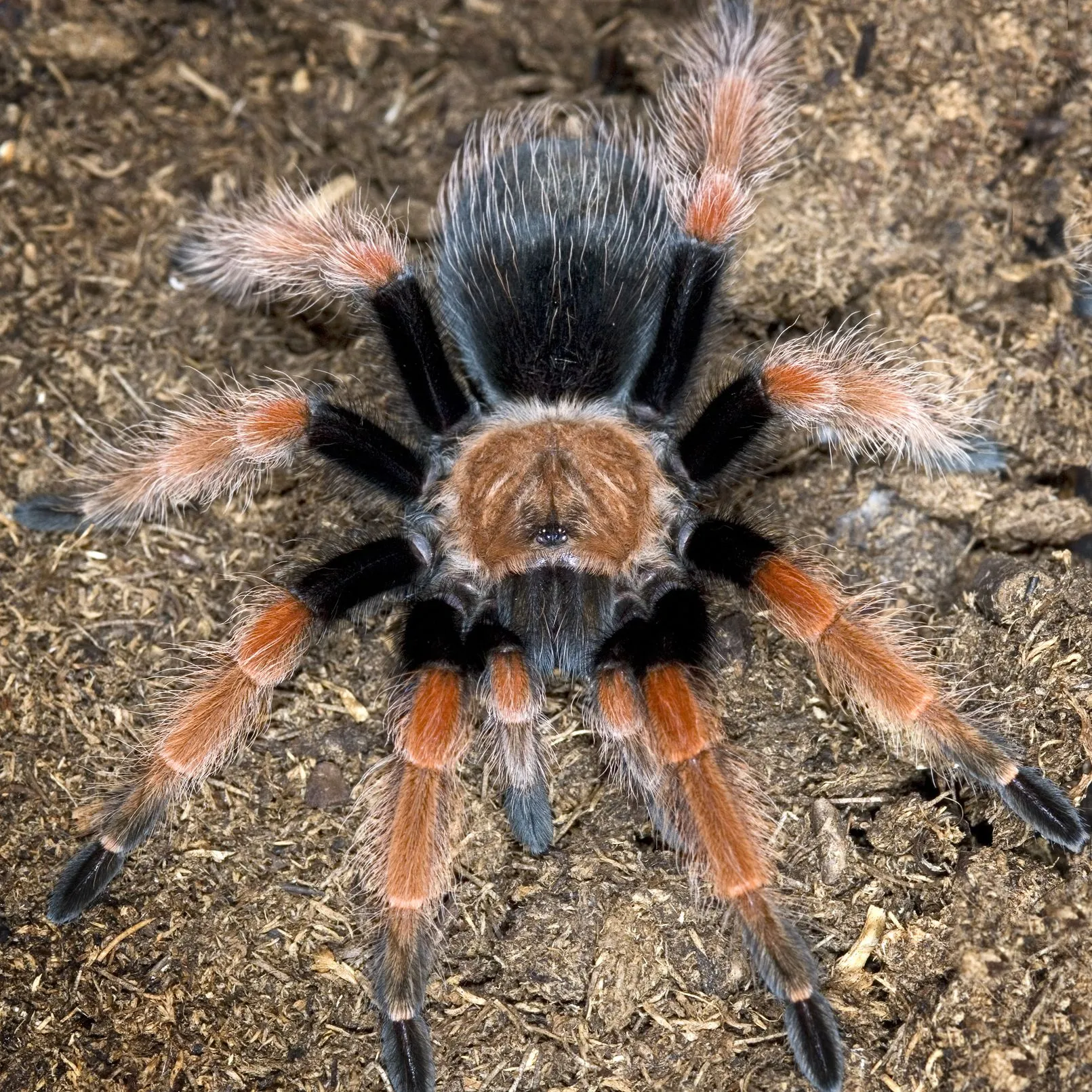Choosing a Tarantula
Bringing a tarantula into your home is a big decision, one that requires careful consideration and research. These fascinating arachnids can make rewarding pets for those who are prepared to meet their specific needs. This guide will walk you through the essential aspects of tarantula care, from choosing the right species to creating a comfortable habitat and understanding their unique behaviors. By following these guidelines, you can ensure a healthy and fulfilling life for your tarantula, as well as a fascinating experience for yourself.
Species Selection
Not all tarantulas are created equal, especially when it comes to suitability as pets. Some species are known for being docile and easy to care for, while others can be more defensive or require more specialized environments. Researching different tarantula species is critical to making an informed decision, looking at factors such as their temperament, size, venom potency, and environmental needs. Consider your experience level with exotic pets and the amount of time you can dedicate to their care. A good starting point is to focus on readily available and well-studied species that are known for their hardiness and relatively calm demeanor.
Beginner-Friendly Tarantula Species
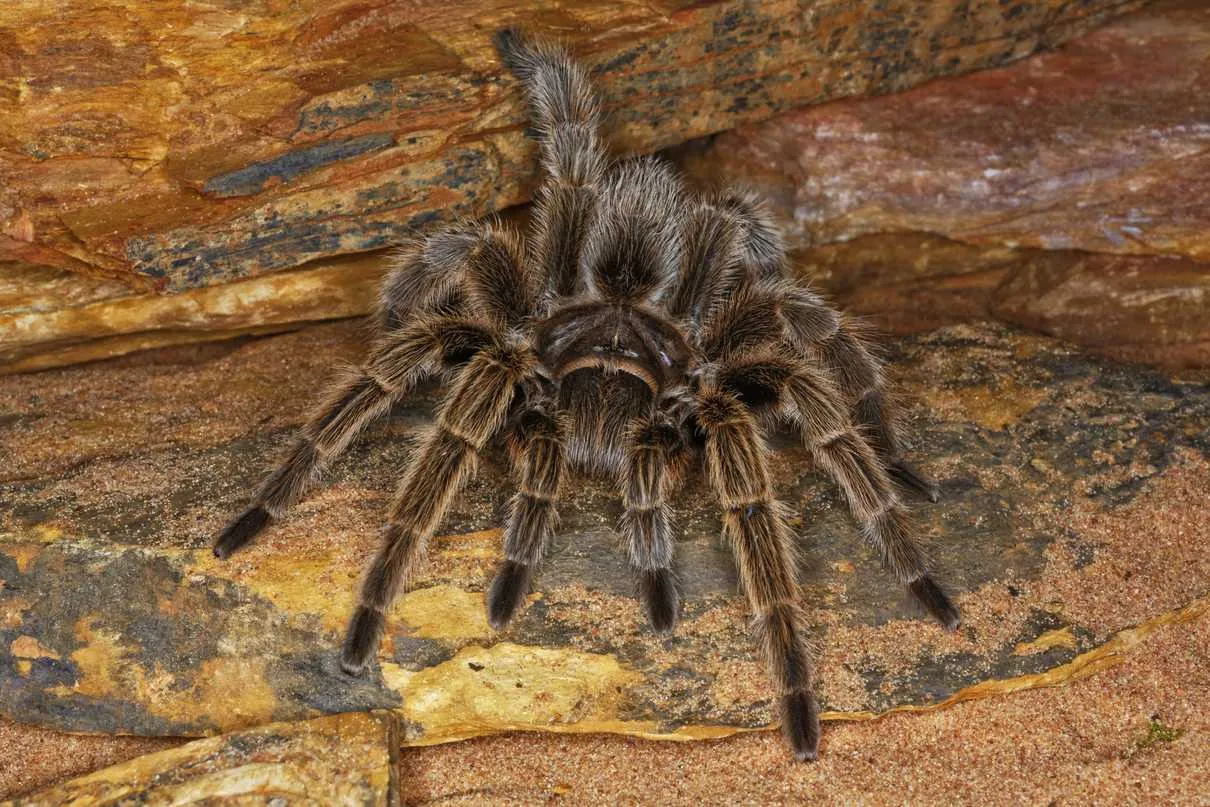
For those new to tarantula ownership, certain species are highly recommended due to their generally docile temperaments and straightforward care requirements. The Mexican Red Knee (Brachypelma hamorii) is a popular choice, known for its striking colors and relatively calm nature. Other excellent options include the Chilean Rose Hair (Grammostola rosea), which is known for its hardiness and tolerance, and the Pinktoe Tarantula (Avicularia avicularia), which are arboreal and can provide a different perspective on tarantula keeping. These species offer a great starting point for learning the basics of tarantula care without overwhelming the owner.
Factors to Consider
When selecting a tarantula, consider the adult size, as this will determine the necessary enclosure size. Research the species’ natural habitat to replicate their preferred environmental conditions, including temperature and humidity. Temperament is also crucial; some species are more likely to flick urticating hairs (which can cause skin irritation) or display defensive behaviors. Lifespan is another important factor; some tarantulas can live for over 20 years, so be prepared for a long-term commitment. Finally, consider the availability and legality of the species in your region.
Setting Up Your Tarantula’s Habitat
Creating a suitable habitat is crucial for the health and well-being of your tarantula. The enclosure should mimic the tarantula’s natural environment, providing a safe and comfortable space. It should be escape-proof, appropriately sized, and provide the necessary elements for the tarantula to thrive. The enclosure setup also plays a critical role in regulating the temperature and humidity levels required for the species. Proper setup reduces stress on the tarantula, encourages natural behaviors, and makes it easier to observe and enjoy your pet.
Enclosure Size and Type
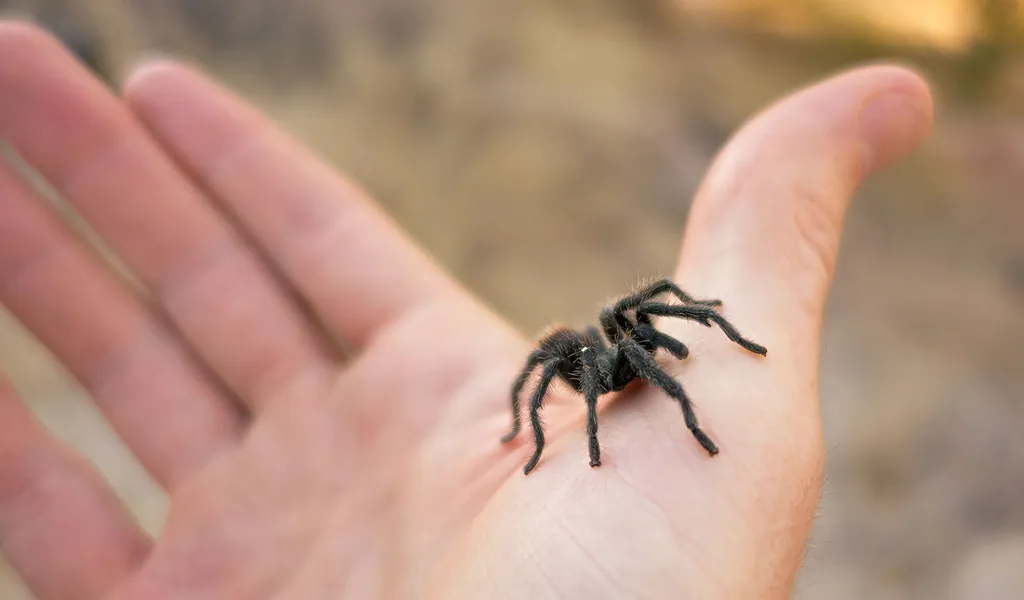
The size and type of enclosure should be determined by the tarantula’s adult size. A general rule is to provide a space that is at least twice the tarantula’s leg span in width and length, and a height that allows for burrowing or climbing, depending on the species. For terrestrial species, a horizontal enclosure is ideal, while arboreal species will thrive in taller vertical enclosures. Ensure the enclosure has a secure lid to prevent escape. Plastic enclosures are common for their ease of cleaning, while glass enclosures offer better visibility.
Substrate and Furnishings
The substrate is the bedding material that covers the bottom of the enclosure. It should be absorbent, non-toxic, and suitable for burrowing or web-spinning. Coconut fiber is a popular choice, as it holds moisture well and is easy to clean. Other options include peat moss, vermiculite, and a mix of these materials. Furnishings like hides, branches, and artificial plants provide enrichment and security. A hide is essential, as it offers a safe space for the tarantula to retreat to. Branches and plants can be used to create a more naturalistic environment, especially for arboreal species.
Temperature and Humidity
Maintaining the correct temperature and humidity levels is vital for your tarantula’s health. Research the specific requirements of your tarantula species, as these can vary. Generally, a temperature between 75-85°F (24-29°C) is suitable for most species. Use a thermometer to monitor the temperature within the enclosure. Humidity can be maintained by misting the enclosure with water, the frequency depending on the species’ needs. Use a hygrometer to monitor humidity levels. Ensure adequate ventilation to prevent mold and mildew growth. A slight temperature drop at night can be beneficial, mimicking natural cycles.
Feeding Your Tarantula
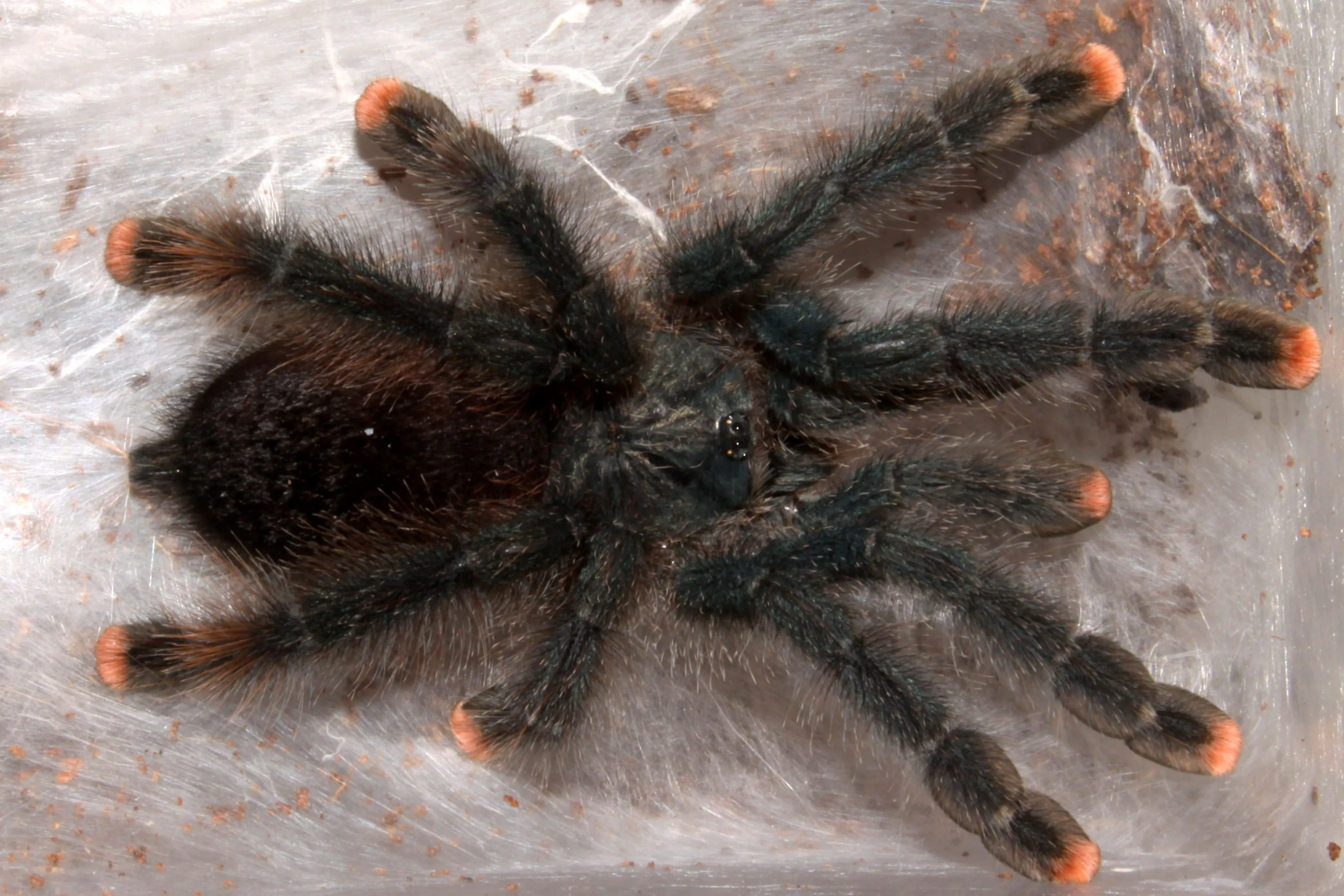
Feeding is a critical aspect of tarantula care. Tarantulas are carnivores and require a diet of live insects. The type and size of prey should be appropriate for the tarantula’s size. Overfeeding can lead to obesity, while underfeeding can stunt growth. Providing a balanced diet is essential for overall health. Proper feeding practices support molting, growth, and overall well-being. Observing your tarantula’s feeding behavior and adjusting the diet accordingly can help maintain the optimal health of your pet.
What to Feed Your Tarantula
Common food items include crickets, mealworms, roaches, and other readily available insects. The prey should be gut-loaded before feeding, which involves feeding the insects nutritious food, ensuring they are more nutritious for your tarantula. The size of the prey should be approximately the same size as the tarantula’s abdomen. Avoid feeding wild-caught insects, as they may carry parasites or pesticides. Some tarantula keepers also offer pre-killed prey, but live prey provides enrichment through the hunt.
Feeding Frequency
Feeding frequency depends on the tarantula’s age and growth rate. Spiderlings and juveniles may need to be fed several times a week, while adults can be fed less frequently, perhaps once a week or even less. Observe your tarantula’s abdomen; a plump abdomen indicates a well-fed tarantula. Remove uneaten prey within 24 hours to prevent stress and potential injury to the tarantula during its molting cycle. During molting, tarantulas typically refuse food.
Watering Your Tarantula
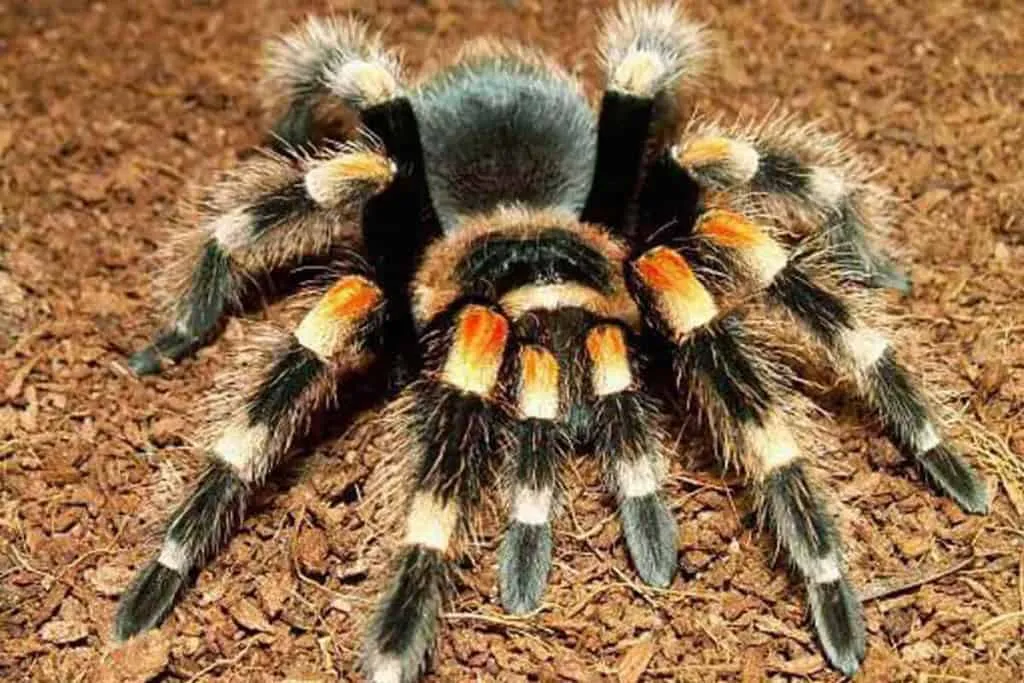
Fresh, clean water is essential. Provide water in a shallow, spill-proof dish. The water dish should be easily accessible, especially for smaller tarantulas. Regularly check and refill the water dish to ensure your tarantula has a constant water supply. Some species also benefit from misting their enclosure to increase humidity. Water quality is important; use dechlorinated water to avoid exposing your tarantula to harmful chemicals.
Handling and Interaction
While tarantulas can be fascinating to observe, it’s important to approach handling with caution. Tarantulas are not typically cuddly pets; their primary defense mechanism is to bite or flick urticating hairs. Minimize handling to reduce stress on the tarantula and potential risk to yourself. Always prioritize the tarantula’s comfort and safety. If you do decide to handle your tarantula, use proper techniques and understand the risks involved. Observing your tarantula’s behavior, as well as knowing what to expect, will allow you to enjoy the experience without causing harm.
Safe Handling Practices
If you choose to handle your tarantula, do so with caution and only when necessary, such as when transferring it to a new enclosure or for a brief inspection. Approach the tarantula calmly and gently. Avoid sudden movements. Use a soft paintbrush to gently coax the tarantula onto your hand if necessary. Always handle the tarantula over a soft surface, like a bed or a table covered with a blanket, in case it falls. Avoid handling a tarantula after it has eaten, or just before or after molting, as it will be more vulnerable. Always wash your hands before and after handling.
Understanding Tarantula Behavior
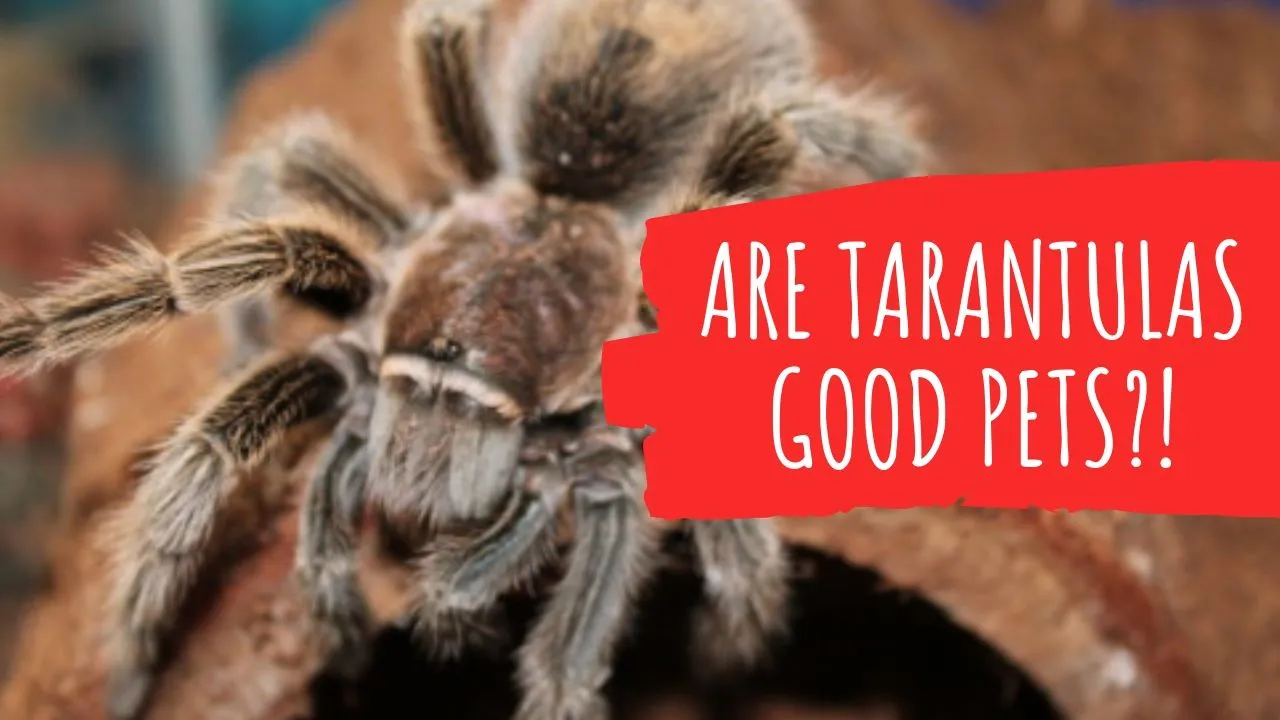
Tarantulas have their own unique behaviors and personalities. Some species are more docile and tolerate handling better than others. Observe your tarantula’s behavior to understand its mood and comfort level. Some signs of stress include raising their front legs, flicking urticating hairs, or a defensive posture. If your tarantula exhibits these behaviors, it is best to leave it alone. Understanding these behaviors can help you provide the most appropriate care and interaction for your tarantula, and ensures a safe environment for both you and the pet.
Health and Common Issues
Tarantulas are generally hardy animals, but they can be susceptible to certain health issues. Proper care, including a suitable habitat, appropriate feeding, and attention to cleanliness, can help prevent many common problems. Regular observation can help you identify any issues early. Understanding these common issues and how to address them can help you ensure the health and longevity of your tarantula. Proper veterinary care, in some cases, is required for more serious issues.
Recognizing Signs of Illness
Look for changes in your tarantula’s behavior, such as lethargy, loss of appetite, or difficulty moving. Physical signs of illness may include a bloated abdomen, discolored legs, or wounds. Parasites can also be an issue, so check for any unusual movements or small insects on your tarantula. If you notice any of these signs, consult with a veterinarian experienced in exotic animals. It is important to have a reliable source of information and know when to seek professional help.
Preventative Care
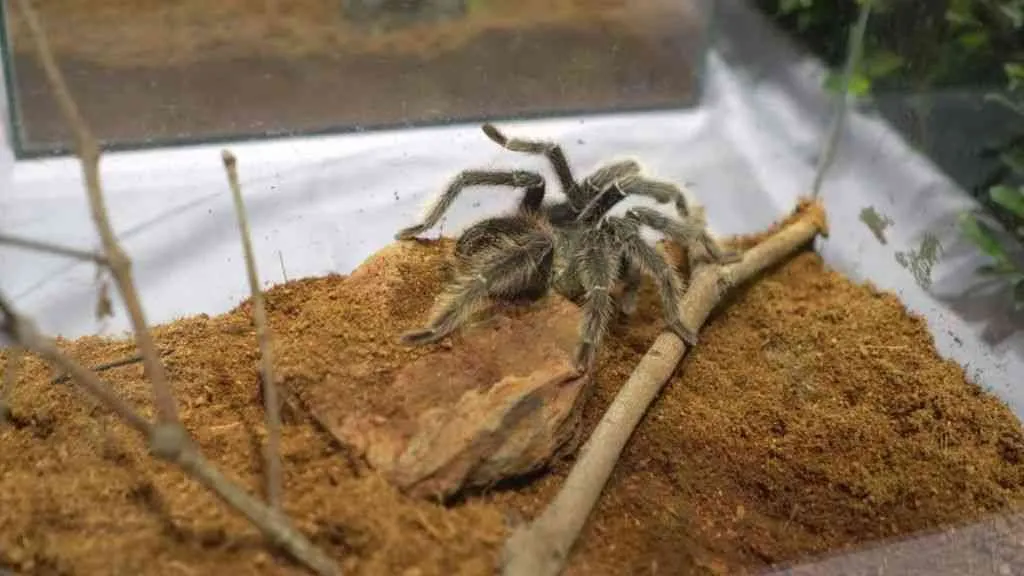
Maintaining a clean and appropriate environment is key to preventing health issues. Regular cleaning of the enclosure is essential. Remove any uneaten food and replace the substrate as needed. Provide fresh water daily. Quarantine new tarantulas to prevent the spread of any potential illnesses to your existing collection. Ensure the enclosure has good ventilation to prevent the growth of mold or other harmful microorganisms. Handle your tarantula only when necessary and wash your hands before and after contact.
Enjoying Your Tarantula Pet
Owning a tarantula can be a rewarding experience. These fascinating creatures offer a unique opportunity to observe and learn about arachnids. By following these guidelines, you can create an environment where your tarantula can thrive. Observe your tarantula’s behaviors, appreciate its beauty, and enjoy the experience of caring for an exotic pet. Enjoy the process of learning about tarantulas, and the joy of owning a beautiful and unique creature.
